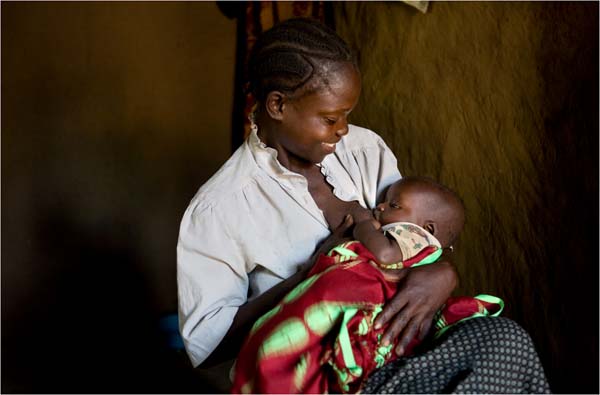Making Breastfeeding Work - Whenever & Wherever!
|

Knowing all of the health benefits of breastfeeding, there was no question that I wanted to breastfeed my son. I was lucky. He was born healthy and full term; and while we had our challenges initiating breastfeeding, we had all of the advantages of being in a supportive environment which enabled me to exclusively breastfeed (including lots of pumping!) for his first six months of life.
Ask any breastfeeding working mom about the logistics of pumping and she will regale you with stories. I know other working mothers who have pumped in fast food restrooms, in post-offices and even in a Congressional hearing room. In addition to childcare, the logistics of pumping at work is a major topic of conversation (and source of anxiety) for new moms in the office.
While most traditional workplaces in the US are required to provide time and a clean place to express milk, those of us who spend part of the work day out of the office must plan ahead to find a clean (ideally private) place to pump, be flexible when plans change, and be prepared with all the necessary supplies - including a cooler with an ice pack to store and transport milk until a refrigerator is available.
Since becoming a breastfeeding mom, I've lived first-hand all that is necessary to create the enabling environment to make breastfeeding work - even in (theoretically) high-resource settings. I can only imagine what this would be like for working mothers in the developing world - especially considering that 75% of jobs are in the informal sector, where there is no employer to provide time and a clean space to express and safely store milk, let alone affordable access to pumping supplies, electricity, clean water and soap to sterilize supplies, and refrigeration. We must do a better job to make it easier for breastfeeding working moms if we want the world's children to reap the benefits of exclusive breastfeeding for the first six months of life.
I can't help but think if our situation were different. What if my son had been born premature or with a health complication where he could not nurse? What if I wasn't able to breastfeed? What if we lived in a low resource setting?
When mothers want to give their children the benefit of breastfeeding, but are unable to provide their own milk, donor milk is the preferred option. And increasingly, this option is becoming available to mothers and babies facing breastfeeding challenges, no matter where they live.
Human milk banking is particularly important for babies born prematurely with low birth weight or other conditions that leave them unable to breastfeed, as they are more vulnerable to sickness and death. Providing donor breast milk to these babies can save newborn lives, improve newborn health and development, and improve overall breastfeeding rates—not to mention put anxious mothers somewhat more at ease. Human milk banks enable mothers to donate their extra breastmilk to special facilities where it is tested, treated and distributed to vulnerable newborns who don't otherwise have access to their own mother's milk.
With the imminent launch of the new Sustainable Development Goal to end preventable newborn and child deaths by 2030, PATH has joined other organizations around the world to call upon governments, the United Nations and its agencies, civil society and business leaders, and all institutions with a stake in healthier generations of children to commit to ensuring that all newborns have access to human milk by increasing investments in human milk banks as part of integrated breastfeeding, newborn care, and infant nutrition programs, with a special focus on the countries where newborn deaths are concentrated.
I am grateful for all of the factors that enable me to breastfeed my baby. All mothers and babies around the world deserve the same.
Photo: PATH/Tony Karumba














